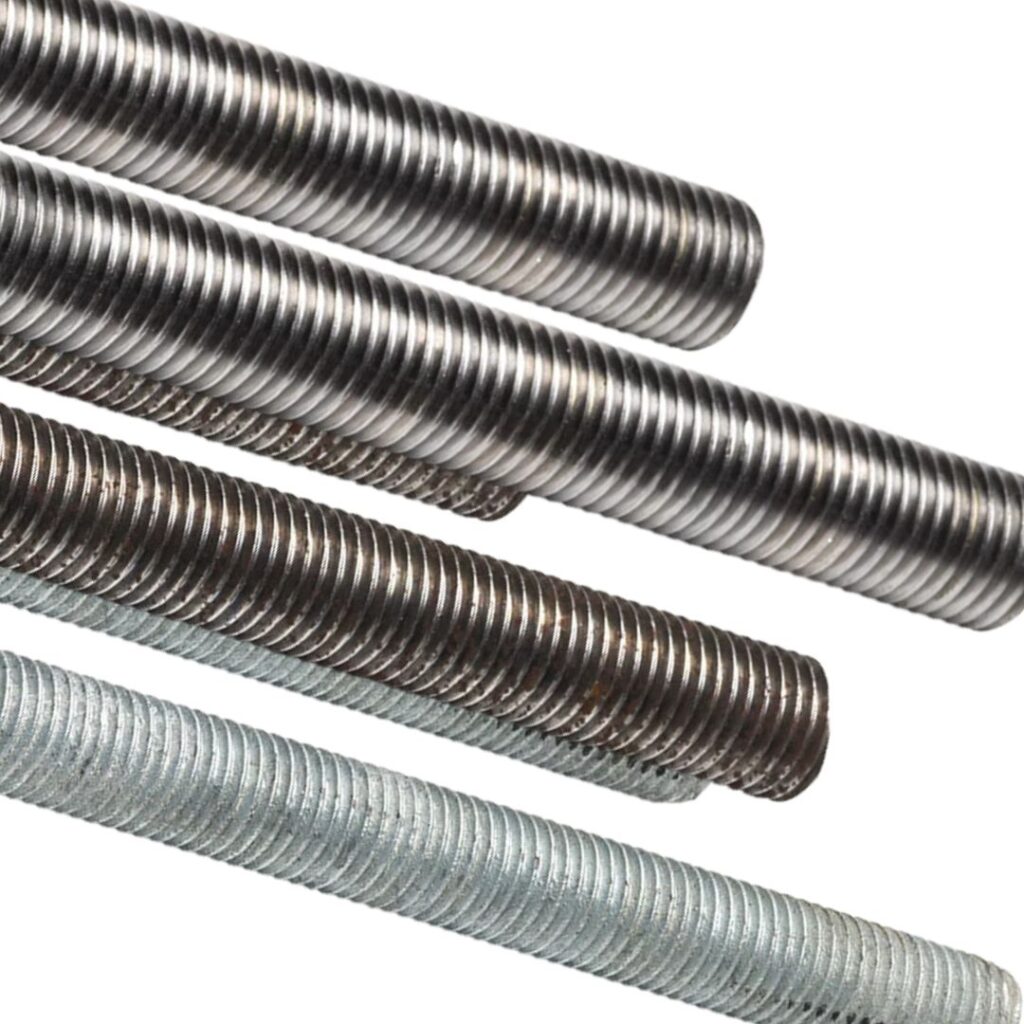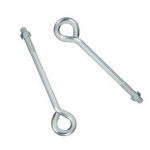
Threaded rods play a crucial role in providing stability and strength in construction and manufacturing. Therefore, selecting the appropriate material for threaded rods requires careful consideration. This guide will walk you through the key factors to keep in mind when making this crucial decision and working with a Threaded Rod manufacturer like All Ohio Threaded Rod.
Material Options:
Threaded rods come in various materials, each boasting its own set of characteristics. Common options include:
- Low Carbon Steel: This affordable and versatile option is a popular choice for threaded rods. It offers good strength and suits many applications.
- Stainless Steel (e.g., 304, 316): Highly corrosion-resistant, stainless steel rods excel in environments exposed to moisture or chemicals. Industries like marine, food processing, and pharmaceuticals frequently rely on them.
- Aluminum: Lightweight and corrosion-resistant, aluminum threaded rods are favored in weight-sensitive applications. Industries like aerospace and automotive often make extensive use of them.
- Brass and Copper: These materials offer excellent corrosion resistance and electrical conductivity. They are well-suited for specialized applications, especially in electrical and electronic systems.
- Specialized Alloys (e.g., Bronze, Silicon): These alloys may be chosen for their unique properties, such as high thermal conductivity or specific resistance to certain environments.
Threaded Rod Application Considerations:
Material selection should align with the rod’s intended use. Evaluate the environment where the rod will be placed. For instance, in corrosive settings, stainless steel or other corrosion-resistant materials may be the best option.
Strength Requirements
Evaluate the necessary load-bearing capacity for your application. Different materials possess varying levels of tensile strength and hardness. Ensure the chosen material can withstand anticipated stresses without deformation or failure. Work with your local Threaded Rod Manufacturer to ensure your strength requirements are met.
Cost and Budget Constraints:
Budget considerations are always relevant. While certain materials may offer superior performance, they can also come at a higher cost. Balancing performance requirements with budget constraints is essential.
Compliance and Standards:
Ensure that the selected material meets industry-specific standards and regulations. For example, in construction applications, compliance with ASTM standards may be a requirement.
Conclusion:
Selecting the right material for threaded rods is a critical decision that impacts the integrity and longevity of a structure or assembly. By considering factors such as material properties, application environment, strength requirements, budget constraints, and compliance with industry standards, you can make an informed decision. At All Ohio Threaded Rod, we offer a diverse range of threaded rod materials to meet your specific needs. Contact us today to explore your options and ensure your project’s success.



